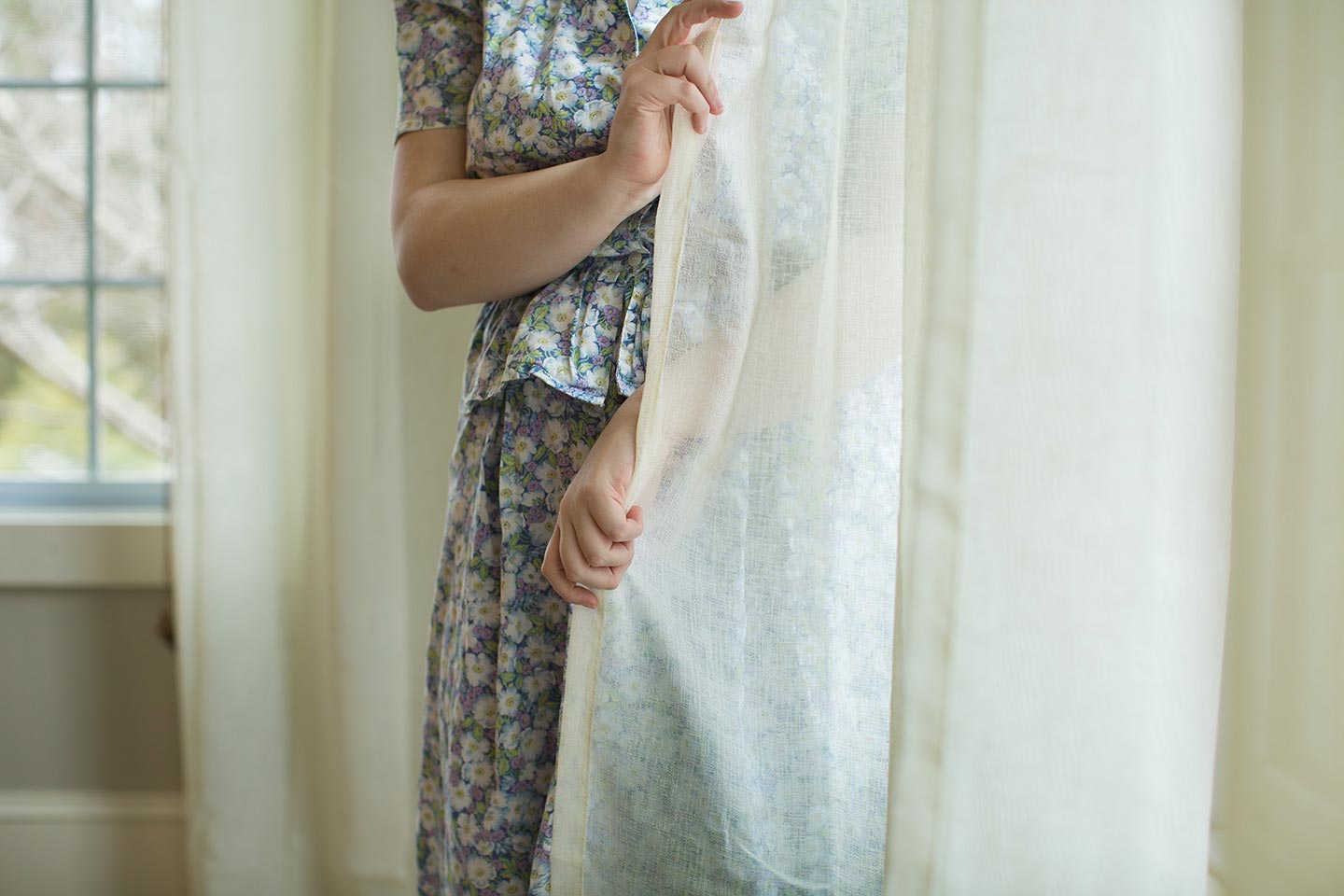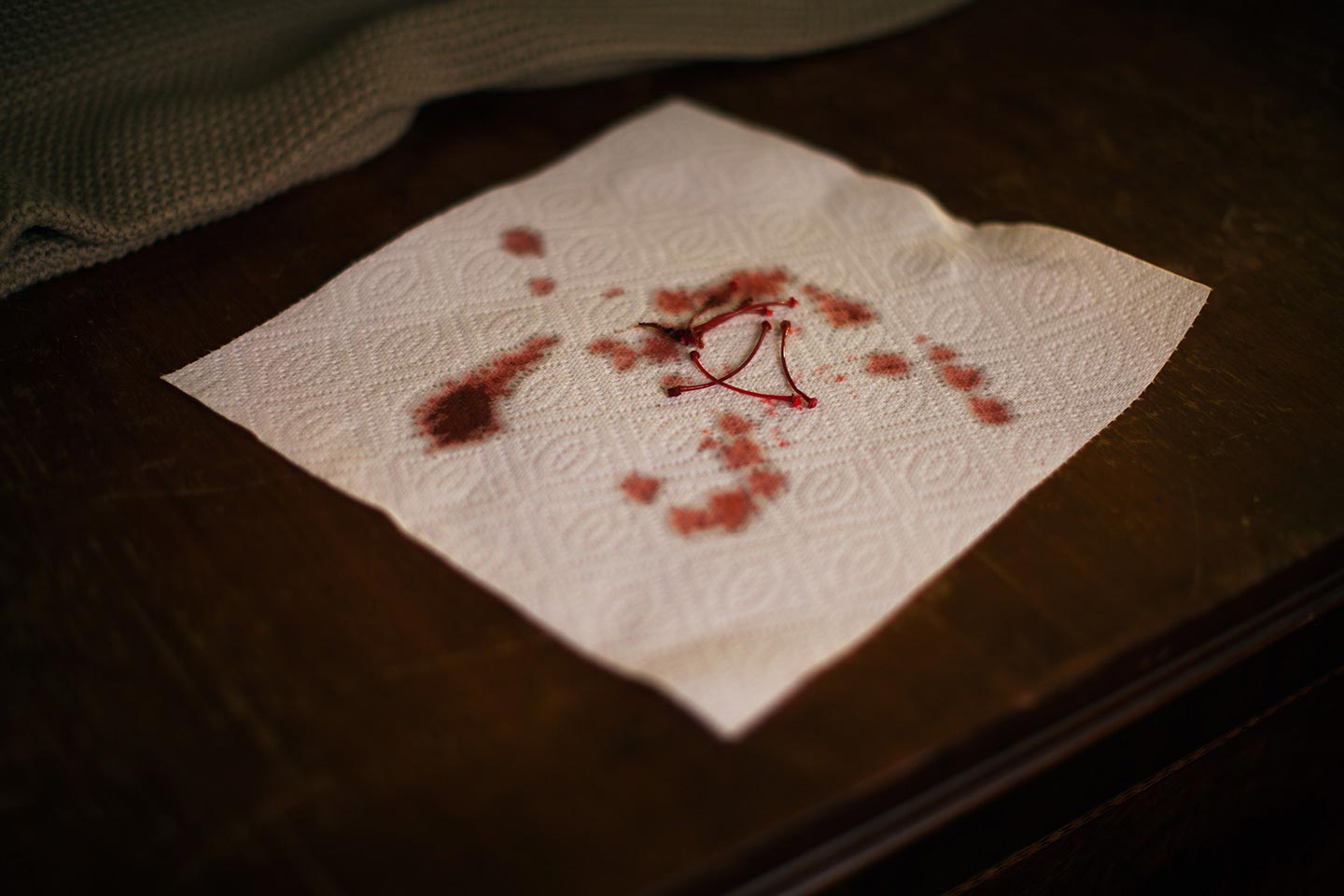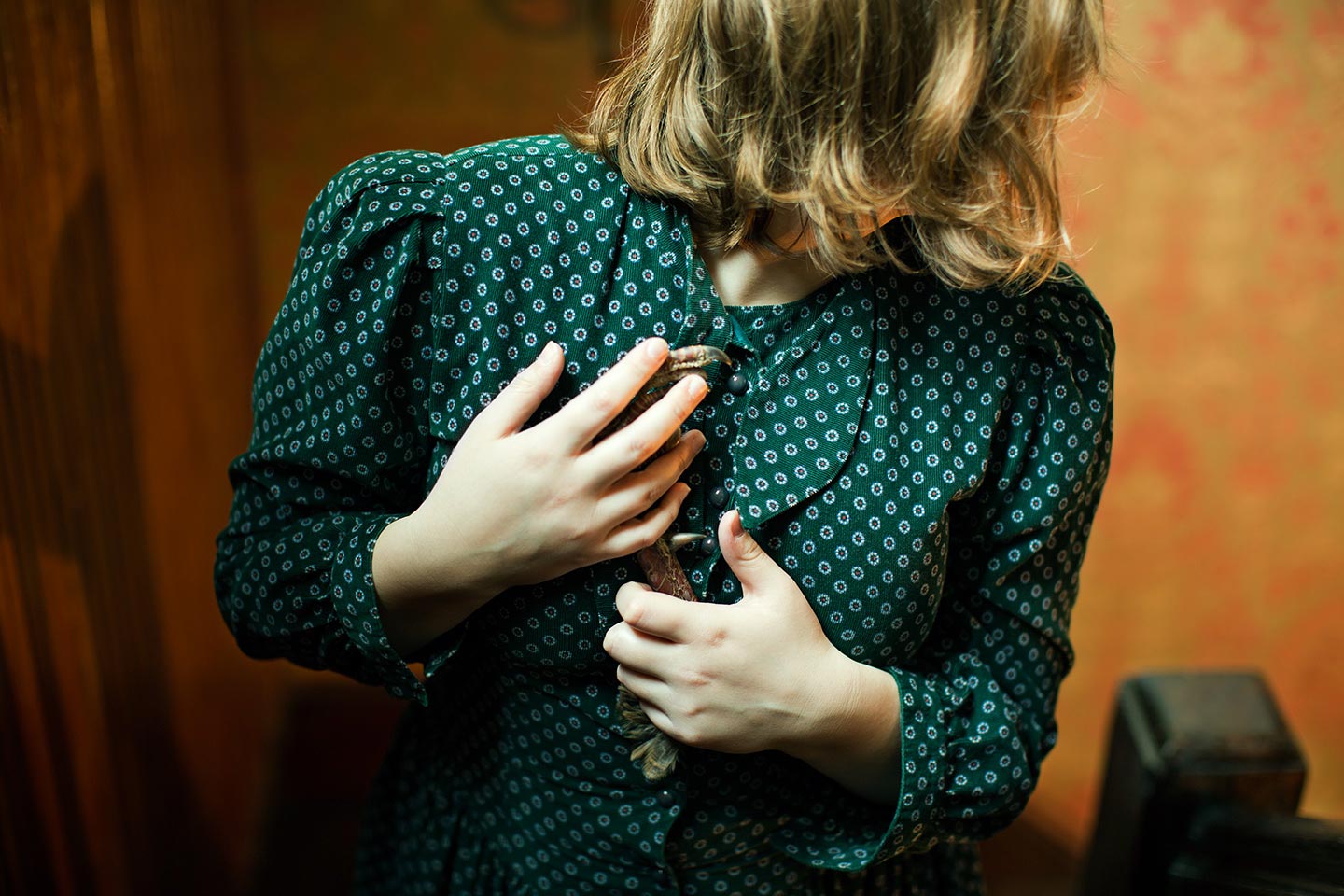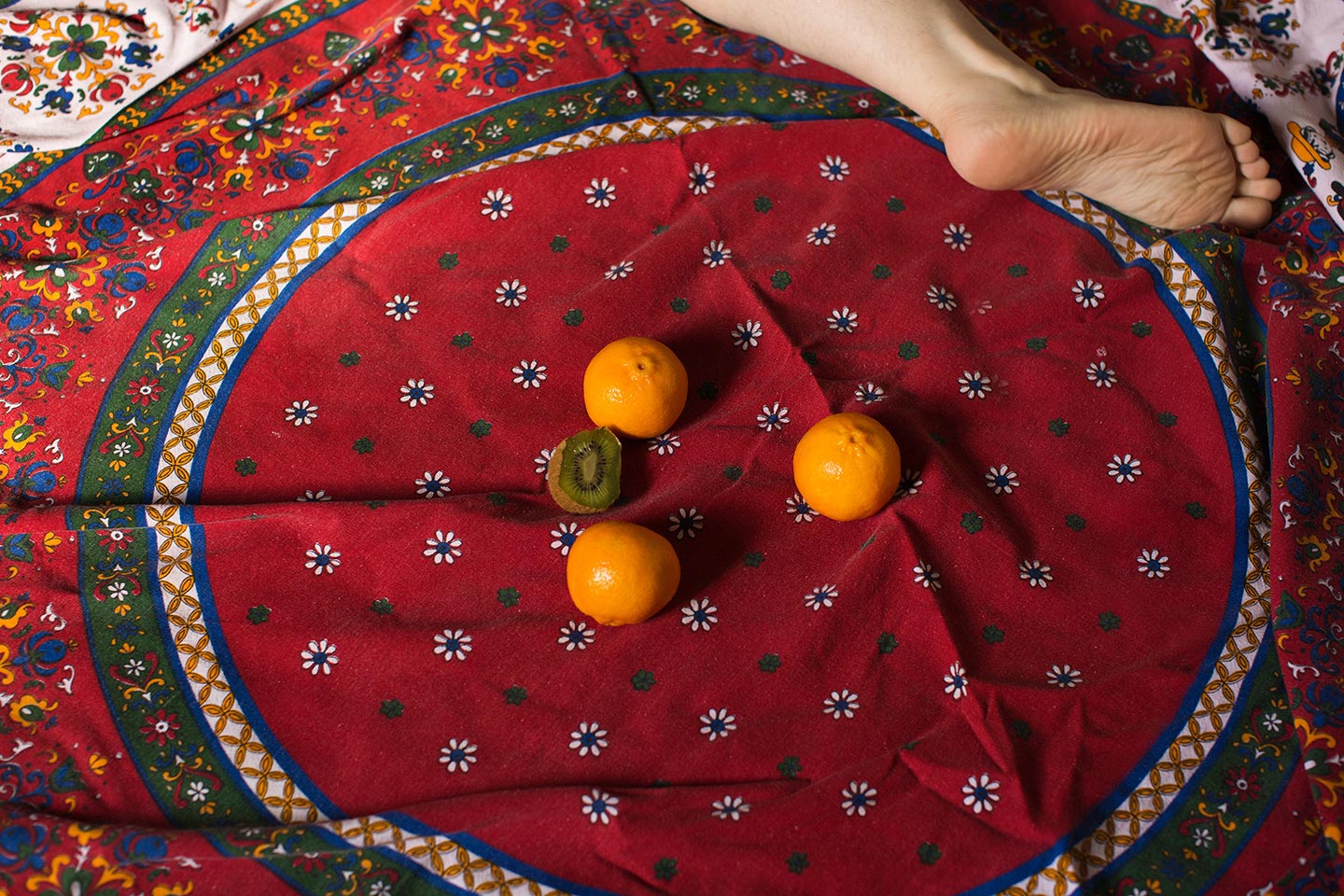The Bible and a Degenerative Eye Condition: Two Defining Factors in Hannah Cooper McCauley’s Life

















26 year-old American photographer Hannah Cooper McCauley discusses A Singular Sense of Urgency, an ongoing body of work deeply rooted in Hannah’s personal life as the child of a Baptist minister and a photographer suffering from a degenerative eye condition.
Hello Hannah, thank you for this interview. What are your main interests as a photographer?
Thank you for having me! As a photographer, my main interests involve using the camera as a tool to measure my own experiences, come to terms with loss, and understand and feel connected with other people.
Please introduce us to A Singular Sense of Urgency.
A Singular Sense of Urgency is an ongoing body of work that I began working towards in 2014. At its most basic component, the series is about growing up, filtered through my own experiences.
I feel like it’s a universal notion that I make in the interest of connecting with other people. It’s not just for me. It’s about growing up and confronting your fears, becoming comfortable with your own mortality and frailty; but it’s also about accepting loss as a part of life. I use a combination of self portraiture, still life, and portraits of family to recreate personal memories and second hand family narratives, and in some cases something new in response to a story or experience in the present day.
What inspired A Singular Sense of Urgency, and what was your main intent in creating this series?
The catalyst for this work as well as my introduction to photography came a decade ago, when I discovered I have a degenerative, hereditary condition that affects my peripheral vision over time. I have always made photographs with the knowledge that my vision is not great, but while in graduate school I began experiencing intense vision problems that made me fear I might fully lose my sight. This period of time where I grappled with the horror of losing something so precious to me, as well as a simultaneous discovery of a secret journal written by a family member fed my desire to make photographs in response to the odd period of transition I found myself in.
My main intent in creating the photographs was personal investigation, and also an attempt to come to terms with the loss I was experiencing, both biological in my faltering vision, as well as the sort of loss that occurs when transitioning to maturity. I share and present my work to facilitate connections to people—my ultimate goal is provide an avenue for empathy between myself and others.
In your statement for the project, you mention a strange series of similarities between things that happened to you as a teenager and certain stories narrated in the Bible. Can you talk a bit about this, and how it fits into the work?
Certainly! As the child of a minister, I was raised to believe in the probability of miracles, to accept the things I could not understand as truth. A lot of Bible stories are full of things that seem too strange to believe: a man that survives for days inside a whale’s belly, immaculate conception, a great flood, etc. One of the things I am most grateful for when thinking about my upbringing is that I was taught to accept that anything was possible. I think that this encouragement to to find magic in the everyday has shaped both my approach to image making but also the way I process difficult experiences—for example, I can appreciate the irony that I am a photographer with a degenerative eye condition. You could say that my entire livelihood depends on my ability to see the world around me. And I’m able to accept and even appreciate the fact that my peripheral vision is failing over time because it fills me with an urgent need to make meaningful photographs about my experiences—I have a greater appreciation for every photograph I make.
How would you describe your approach to A Singular Sense of Urgency? What kind of images are you creating for this work?
My approach varies—I often use found objects I assign meaning to, or I find a place that I can transform to make a photograph. Much of the work is made while traveling and visiting my family in Mississippi or my husband’s family in Alabama. The photographs primarily consist of open-ended, narrative self-portraits. There are also a selection of still life photographs utilizing artifacts from my childhood and the childhoods of my parents and grandparents.
How do you hope viewers react to A Singular Sense of Urgency, ideally?
Ideally, my hope is that viewers will find familiarity in my photographs, to crawl into the spaces within the work and find comfort as I have.
Did you have any specific references or sources of inspiration in mind while working on A Singular Sense of Urgency?
Yes: the nature of my Christian upbringing, stories from the Bible, my family mythology and history, memories from my childhood. Magical Realist fiction by authors such as Haruki Murakami and Gabriel Garcia-Marquez. I am also inspired by M. Night Shyamalan’s movies that take extraordinary events and nestle them snuggly into the everyday, as well as Sofia Coppola’s films dealing with female rites of passage, specifically Marie Antoinette and The Virgin Suicides. Johannes Vermeer, and the Golden Age of Dutch painting. Gustav Klimt and Fauvism. Henri Matisse. The notion that a significant form of loss must occur in order to transition from one state to the next.
What have been the main influences on your photography?
My upbringing and childhood, my family, my undergrad professors, the Southern landscape in which I was raised. The work of directors Baz Luhrmann and Sofia Coppola. My husband Zachary.
Who are some of your favourite contemporary photographers?
Susan Worsham, Rachael Banks, Kurt Simonson, Cig Harvey, Keith Carter, Anna Gaskell, Deborah Mesa-Pelley, Heather Evans Smith, Sarah Cusimano-Miles.
Choose your #threewordsforphotography.
Investigation. Storytelling. Empathy.
Keep looking...

FotoCal — Photography Awards, Grants and Open Calls Closing in June 2023

FotoCal — Photography Awards, Grants and Open Calls Closing in May 2023

FotoCal — Photography Awards, Grants and Open Calls Closing in April 2023

FotoCal — Photography Awards, Grants and Open Calls Closing in March 2023

FotoCal — Photography Awards, Grants and Open Calls Closing in February 2023

FotoCal — Photography Awards, Grants and Open Calls Closing in January 2023

Discover the “Sweet and a Little Bit Sad” Photography of Annie Collinge



